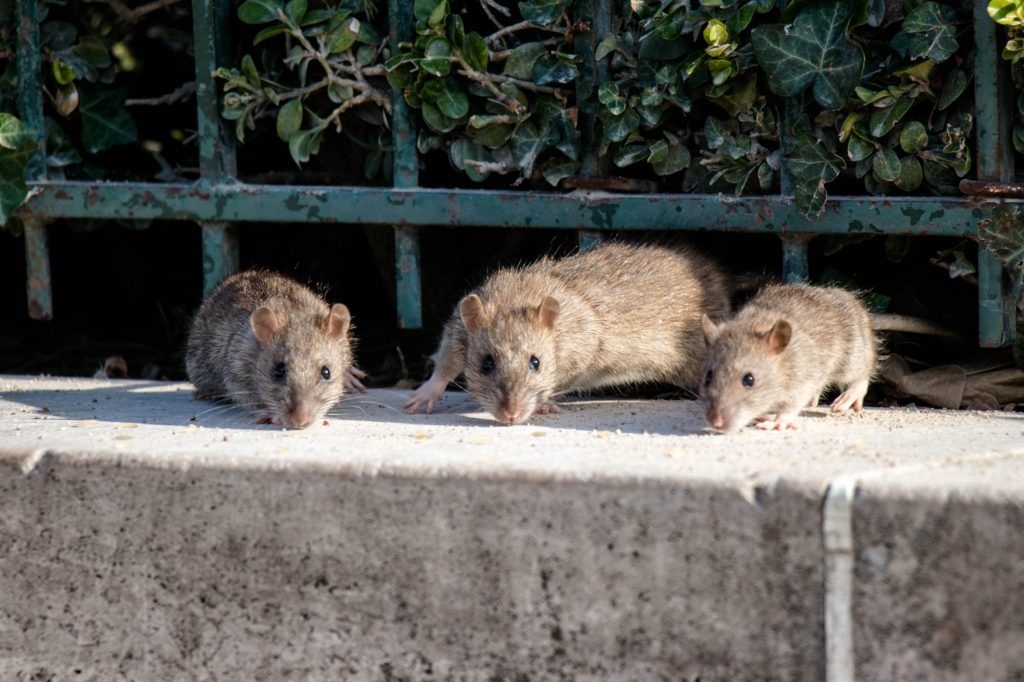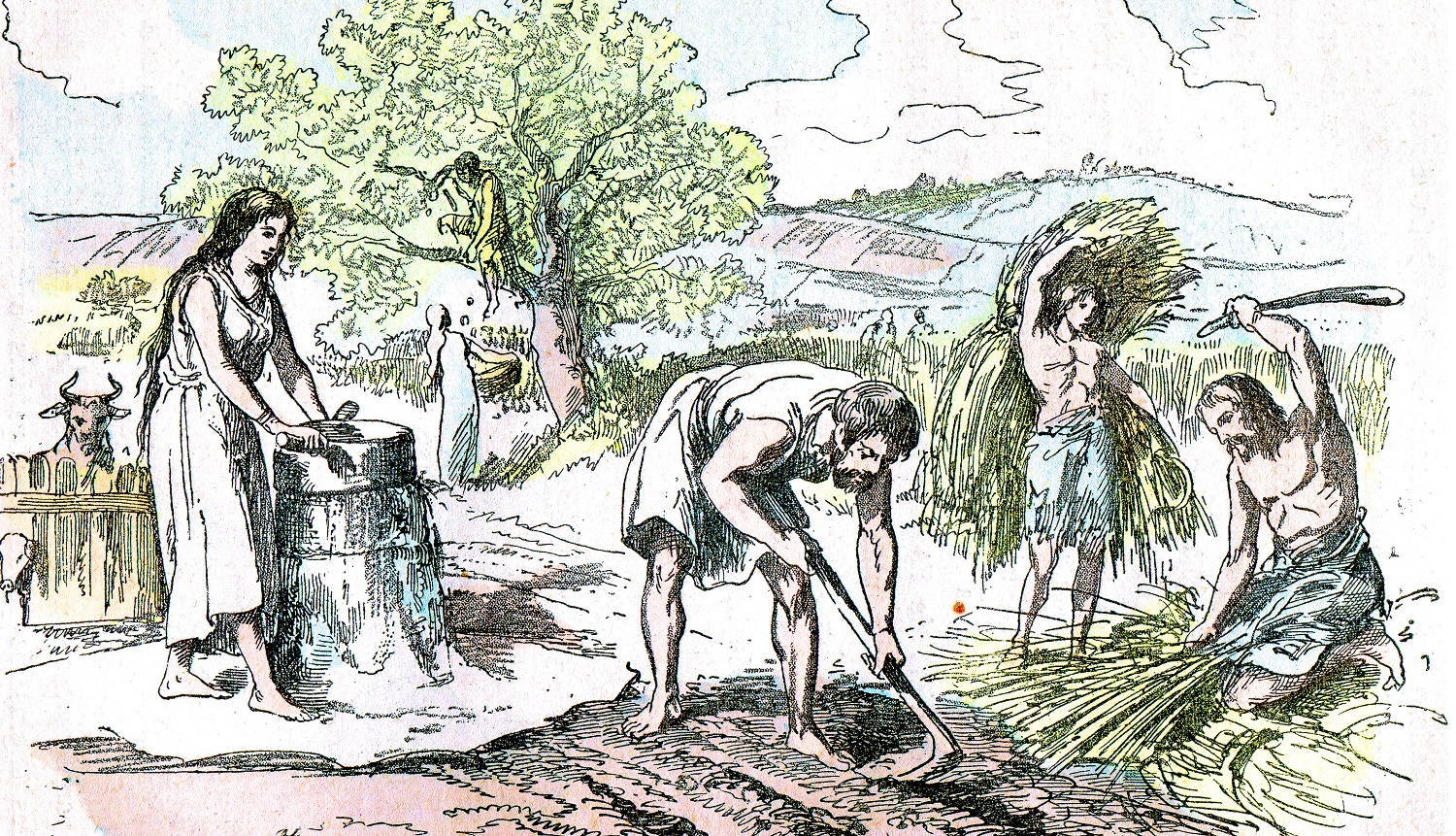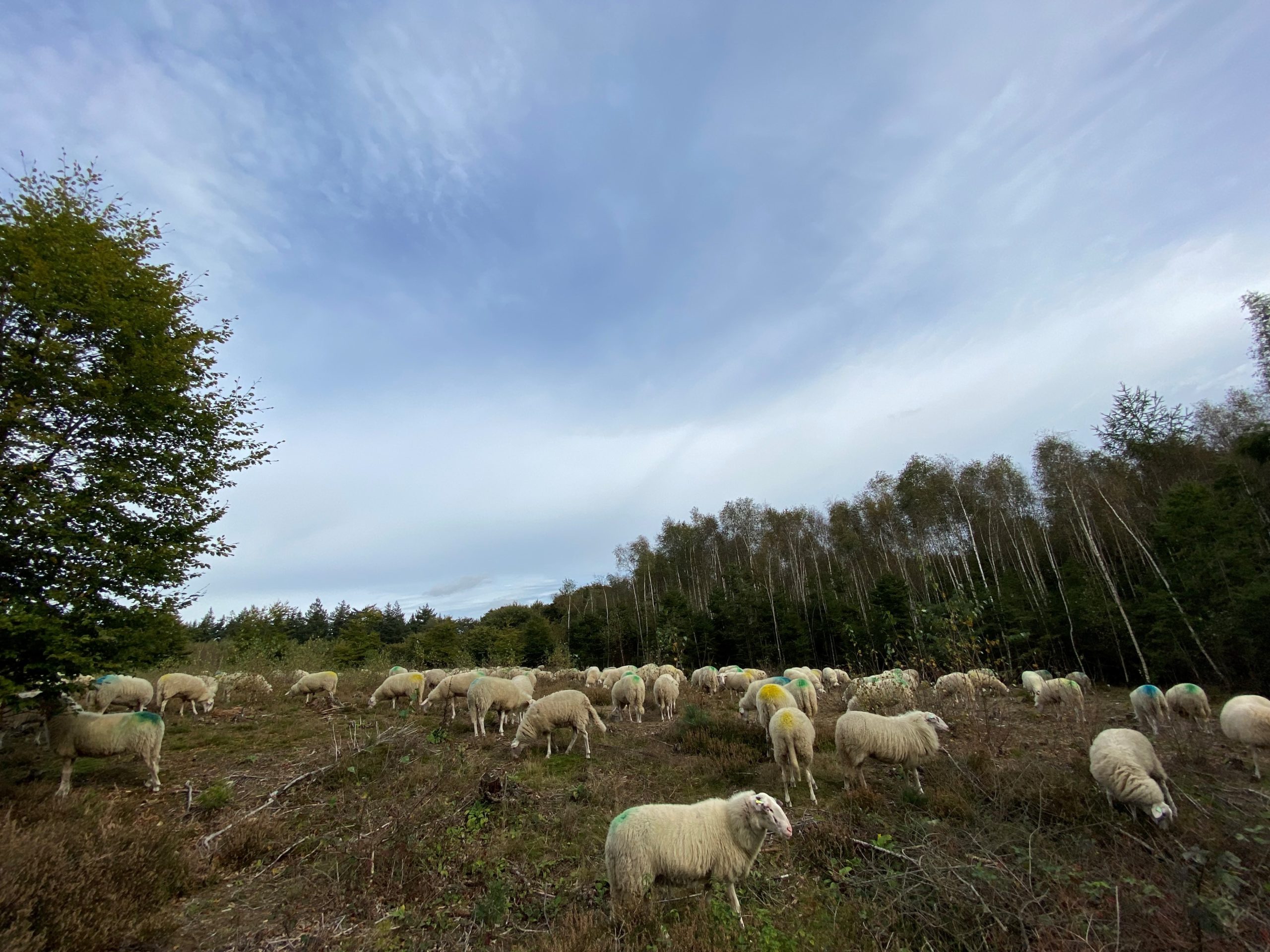Rats have a poor reputation for carrying numerous pathogens, which makes them a public health hazard. However, it is not as bad as has always been assumed, a study conducted by PhD candidate Marieke de Cock reveals. She found no pathogens in half of the rats she studied. And two of the pathogens are related to how green the environment is.
De Cock conducted her investigation in parks and neighbourhoods in Amsterdam, Rotterdam and Eindhoven. During the COVID pandemic, she used traps to catch over 400 brown rats (Rattus norvegicus). ‘I checked 20 traps per location spread over a 100 by 100 metre area. Six locations with 20 traps every day, for two weeks, repeated eight times’, she explains her approach. ‘Yes, like the Pied Piper, I’ve heard that one before.’
Stroke of luck
De Cock collected the dead rats, dissected them and studied the various organs for the presence of eighteen different pathogens. Of these pathogens, 13 were found in varying quantities, but mostly just one type per rat, except in older specimens. However, half of the rats carried no pathogens at all. ‘Luckily, especially considering the reputation rats generally have’, says De Cock.
In terms of health risks, a rat is no worse than a mouse
Marieke de Cock, a researcher of Quantitative Veterinary Epidemiology
‘I expected to find all kind of things,’ she continues. ‘Mice that were trapped as bycatch showed the same pattern. In terms of health risks, a rat is no worse than a mouse, it would seem. Based on this study, I would not urge you to be extra fearful of rats.’ De Cock went on to investigate whether a link could be found between the greening of cities and the risk of rats carrying pathogens.

De Cock used NDVI records obtained from satellites to assess the greenness of the areas involved in the study. NDVI stands for Normalised Difference Vegetation Index and shows how much green is on the surface through its reflection of red and infrared light. The study reveals a link between the amount of green in the environment and the presence of Bartonella bacteria (related to cat scratch fever) and Borrelia bacteria (related to Lyme’s) in rats.
The link is particularly clear for Bartonella. Twice the amount of green results in almost double the chance of the rat carrying this bacterium. According to De Cock, fleas play a key role. ‘We know that fleas transmit Bartonella between rats. The rat population increases in greener areas, which increases the likelihood of fleas jumping from one host to the next.’
Cat
Diseases are usually contracted through contact with rat faeces or urine. Or, as is the case with Bartonella, through a cat scratch or contact with flea faeces. De Cock did not investigate whether the rats cause a higher incidence of illness in greener environments. ‘That would be difficult to prove, as the numbers are small. Most people who are exposed to rat pathogens do not become ill.’
To minimise risks, De Cock recommends keeping green areas clean. ‘Cut back the available food for rats to lower their numbers. And make sure there are open spaces in the green. Rats want to hide. Low shrubs form excellent hiding places; trees and meadows are less suited.’

 Photo Shutterstock
Photo Shutterstock 

